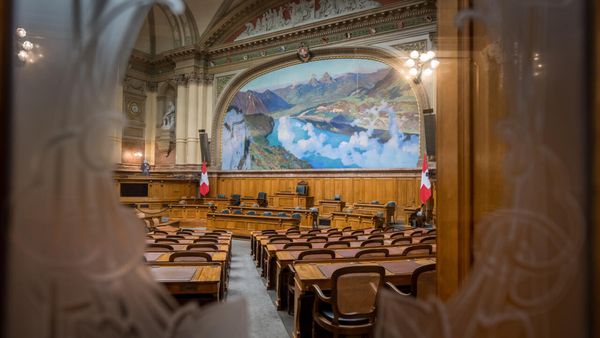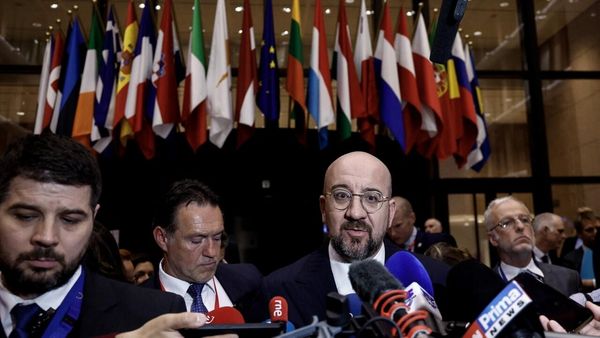
In December 2022, India's consumer price index (CPI) inflation eased further in December to 5.72% from 5.88% in November and 6.77% in October 2022.
Inflation breached RBI's upper tolerance limit since January last year and floated above 6% to 7% since then till October 2022. It even reached a multi-year high in April to 7.79%. October was the last month where inflation was above RBI's upper tolerance limit of 6%.
To tame inflation, RBI has hiked the policy repo rate by 225 basis points so far in FY23 taking it to 6.25% which is the highest level since August 2018. In December 2022 policy, RBI maintained its policy stance to 'withdrawal of accommodation' which indicated that the fight for tackling inflationary is not yet over.
With the rise in repo rates, banks and other financial services providers too followed suit by raising interest rates on term loans including home loans.
However, the better-than-expected CPI in December escalates hope for further smaller size hike rates to sooner-than-expected pause in repo rate going forward from RBI.
Dr. V K Vijayakumar, Chief Investment Strategist at Geojit Financial Services said, "CPI inflation at 5.72% in December confirms the downtrend which started in November. This will enable the RBI to go slow on rate hikes. Along with easing inflation IIP rising to 7.1% in November reinforces the growth rebound story in India. This means India can achieve a 6% GDP growth rate in FY 24 despite the global growth slowdown."
Explaining the December inflation print, Vivek Rathi, Director-Research, Knight Frank India said, at 5.7%, consumer headline inflation continues to remain below 6% for the second consecutive month. The softening inflation is emerging from broad-based price decline in the food basket which has a weightage of 46% in the overall inflation. Barring food prices, the price pressures in the non-food category continue to persist. Despite a sharp drop in the global commodity prices and crude oil having been corrected by 33% since the peak in Jun 2022, and an increase in the share of crude oil imports from Russia at cheaper prices, fuel prices inched up to 11% in Dec 2022.
However, Rathi also added, "Although, at the wholesale level, inflation has significantly reduced, the quantum of reduction is not transferred into consumer prices yet, as core inflation continues to remain sticky at around 6%. Continued depreciation of Rupee against USD transmitting into import inflation has added pressure to domestic prices."
Notably, a softer approach to policy repo rate can be expected soon as US inflation data as well have eased. The US consumer price index touched the lowest mark in 13 months at 6.5%. This would be the sixth consecutive monthly drop in inflation data which provides more room for Fed to slow down hikes in key rates. A similar trend can be expected from RBI as well.
Apurva Sheth, Head of Market Perspectives & Research, SAMCO Securities said, "The US CPI (YoY) (Dec) actual number has come at around 6.5% which is in line with consensus estimate. It is below the 7% mark for the first time in a year and the lowest in 13 months. This is good news for both global and Indian markets as it brings the Fed closer to the terminal rates. With this inflation print the gap between Inflation (6.5%) and US interest rates (4.5%) has further reduced to 2%. This will give room for the Fed to go slow on hikes and probably even stop the rate hikes within a couple of months. This could be a big positive for the financial markets since it reduces the cost of funds for corporations."
In the coming months, as per Rathi, a favourable base along with seasonal softening of food baskets will keep the inflation statistically low. However, price pressures would continue to persist in non-food categories emerging from the scope of increase in commodity prices led by demand revival in China, as it emerges out of zero covid policy, and the depreciating rupee. So far, to control inflation, the RBI has increased its key policy rate by 225bps in this cycle.
Further, Rathi said, "The upcoming rate hikes would continue to remain less aggressive as guided by moderation in consumer inflation level. Housing sales in the top 8 cities grew to a 9-year high of 312,000 units in 2022. The less aggressive policy rate hikes will keep home buyer affordability amenable and help maintain consumer enthusiasm towards homebuying."
Earlier, Knight Frank Affordability Index that tracks the EMI (Equated Monthly Instalment) to income ratio for households has declined across all cities during 2022. On this decline, Knight Frank attributed rising home loan rates and residential price hikes as the main reason.
Knight Frank's report said, "The 225 bps repo rate hike and consequent increase in home loan rates along with higher residential prices are the primary drivers of this decline. 2022 also marks the first year since 2011 for affordability decline in year-on-year terms." Despite this, overall, the residential sales of these 8 cities reached a nine-year high at 312,666 units up by 34% YoY.
With further easing in repo rate hike size, a similar outcome can be expected in home loan rates which are likely to boost demand further.





